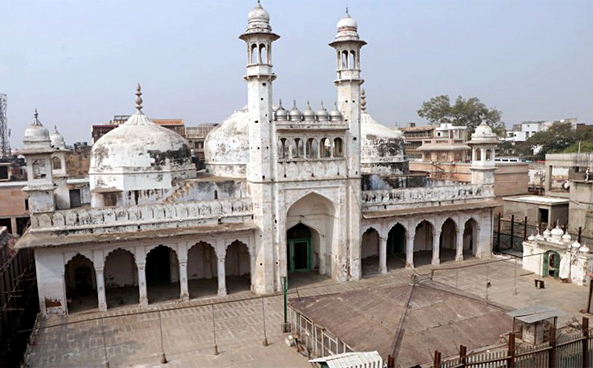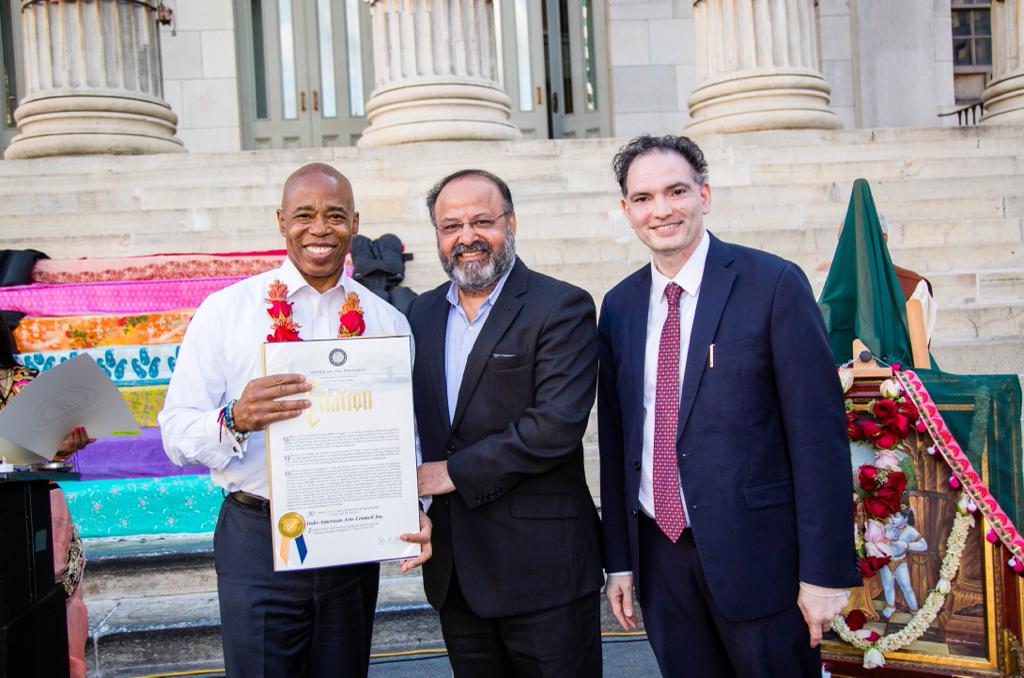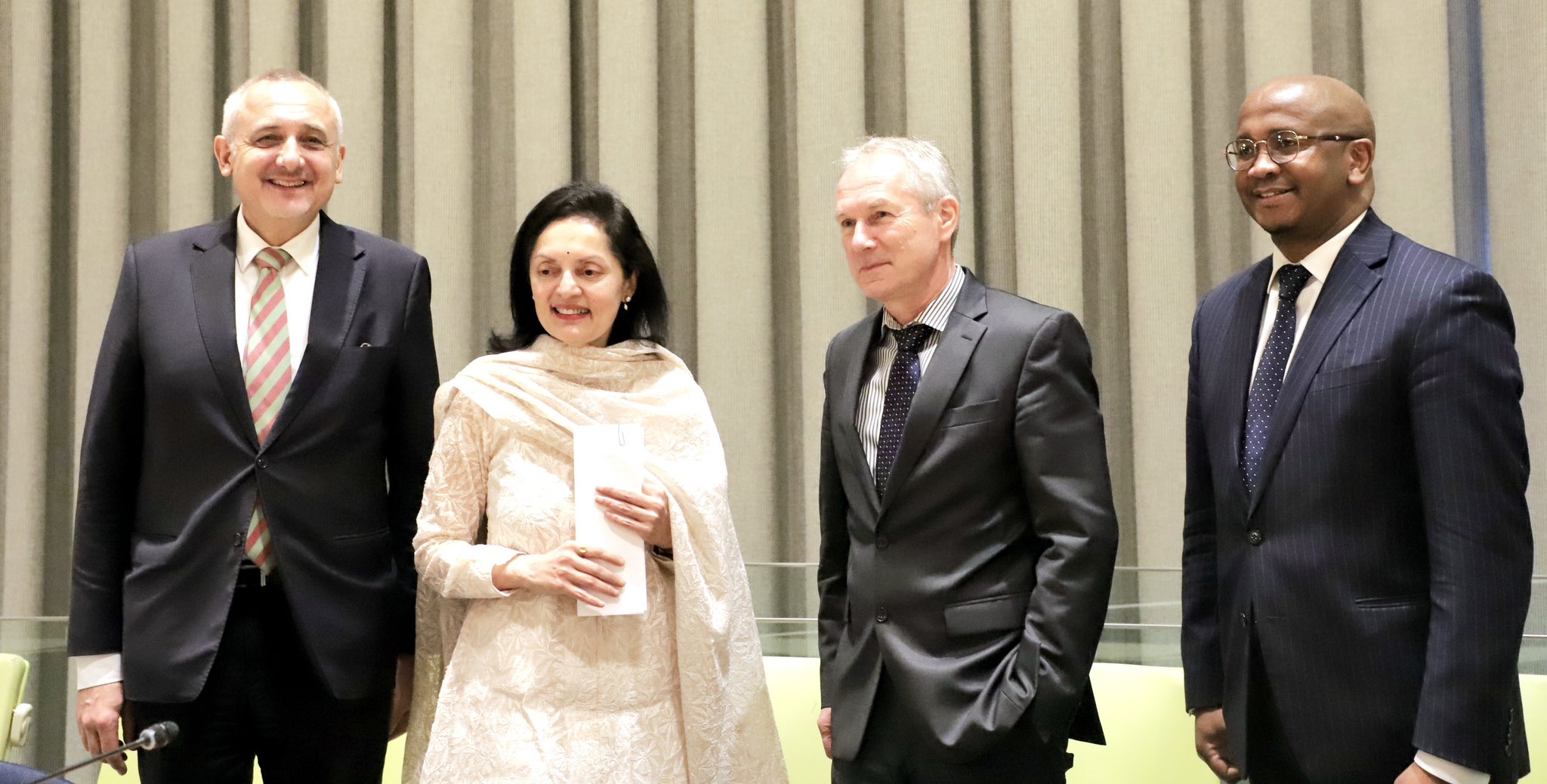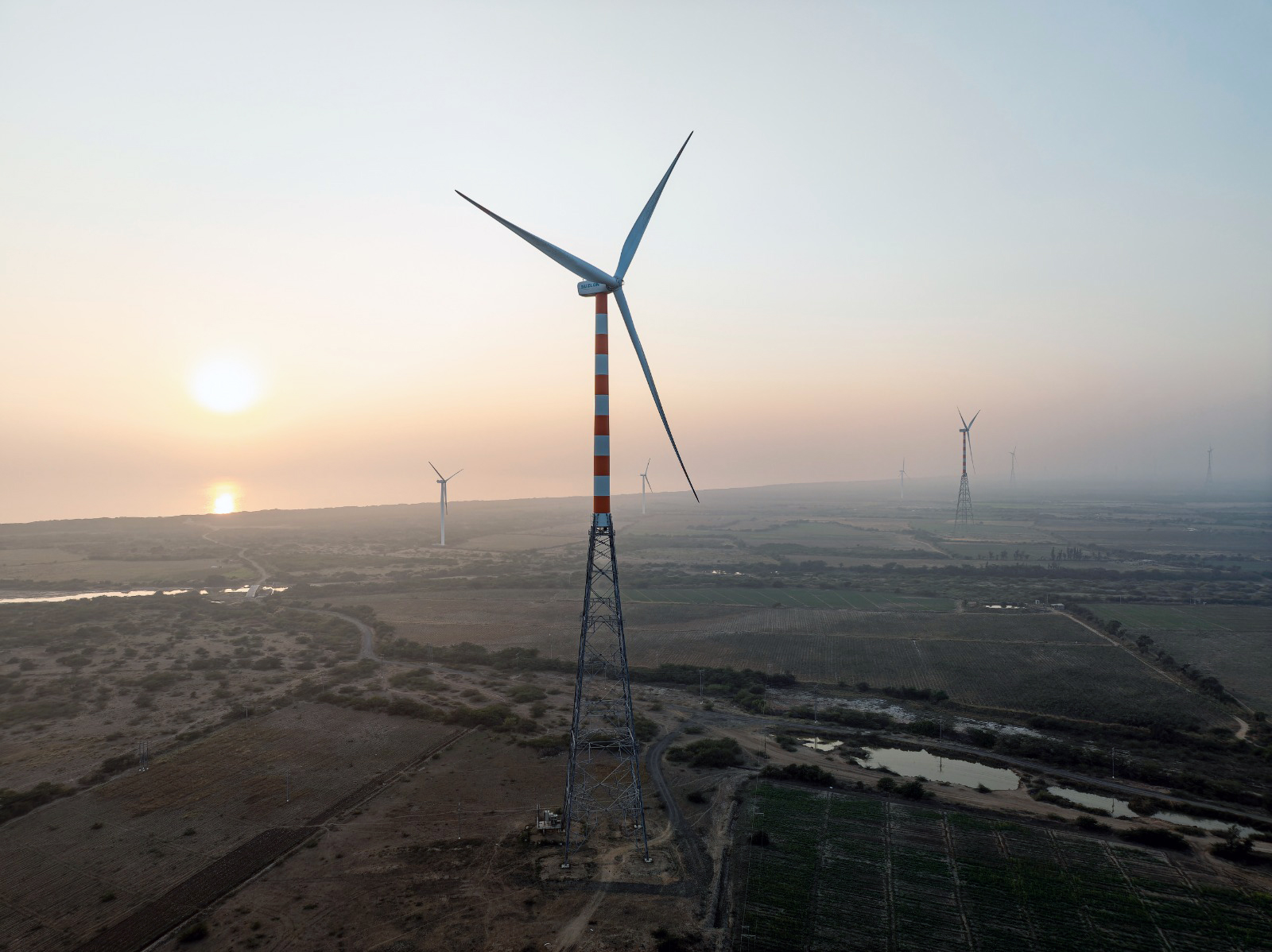The ASI survey was ordered by the district court after the Hindu petitioners claimed the 17th-century mosque was constructed over a pre-existing temple
Our Bureau
New Delhi/Lucknow
In an important revelation, the Archaeological Survey of India (ASI) report on the Gyanvapi mosque complex says that a pre-existing structure appeared to have been destroyed in the 17th century, and “part of it was modified and reused,” adding that based on scientific studies, it can be said that there “existed a large Hindu temple prior to the construction of the existing structure.”
The ASI also said the “western wall of the existing structure is the remaining part of a pre-existing Hindu temple”.
“The Arabic-Persian inscription found inside a room mentions that the mosque was built in the 20th regnal year of Aurangzeb (1676-77 CE). Hence, the pre-existing structure appears to have been destroyed in the 17th century, during the reign of Aurangzeb, and part of it was modified and reused in the existing structure. Based on scientific studies/ survey carried out, study of architectural remains, exposed features and artefacts, inscriptions, art and sculptures, it can be said that there existed a Hindu temple prior to the construction of the existing structure,” the ASI said in its report.
The ASI survey was ordered by the district court after the Hindu petitioners claimed the 17th-century mosque was constructed over a pre-existing temple.
“In compliance of the order of the District Court, Varanasi, dated July 21, 2023, affirmed by the High Court of Allahabad by order dated August 3, 2023, and the Supreme Court of India by order dated August 4, 2023, the Archaeological Survey of India (ASI) carried out a scientific investigation and survey in a 2150.5-square-meter area fenced with steel grills in and around the existing structure (excluding the areas sealed by the orders of the Supreme Court).
Referring to the central chamber and main entrance of the pre-existing structure, the ASI report asserted, “This temple had a big central chamber and at least one chamber to the north, south, east, and west, respectively. Remains of three chambers to the north, south and west still exist, but the remains of the chamber to the east and any further extension of it could not be ascertained physically, as the area is covered under a platform with stone flooring.”
Highlighting the western chamber and western wall, the ASI report said, “The eastern half of the western chamber still exists, whereas the superstructure of the western half has been destroyed. This chamber was also connected with the north and south chambers through a corridor accessible from their north and south entrances, respectively. The remains of this corridor on the northwest side came to light on the removal of garbage and debris. The western wall of the existing structure is the remaining part of a pre-existing Hindu temple.”
Advocate Vishnu Shankar Jain, representing the Hindu side, “ASI has done a lot of detailed scientific study in its report. According to the report, an inscription was found in the so-called mosque. The pillars that are found are from a Hindu temple. The ASI said that the western wall is that of a Hindu temple. Scriptures in different languages are found.”
Giving more details, Jain said the ASI has said there was a “pre-existing large Hindu temple” in place of the current structure.
“The ASI has said that terms such as Maha Mukti Mandap are mentioned in these inscriptions, which are of great significance. ASI has concluded that a temple was razed down in the 17th century, and there was a pre-existing large Hindu temple in the place of the current structure. We will move to the Supreme Court and demand that the Vazu Tank area be opened,” the advocate said.
Jain said the ASI had said that “parts of pre-existing temples” were reused with little modifications. “Parts of pre-existing temples, including pillars and plasters, were reused with little modifications. A minute study of pillars and plasters in corridors suggests that they were originally part of a pre-existing Hindu temple for their reuse in the existing structure, Vyala figures carved on either side of the lotus medallion were mutilated and after removing the stone mass from the corners, that space was decorated with floral design. This observation is supported by two similar plasters still existing on the north and southern walls of the western chamber in their original place,” he said.

























